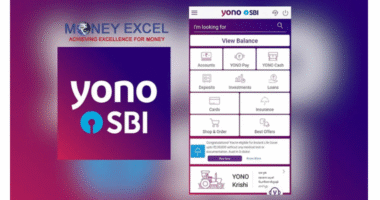As we usher in the financial year 2025-26, there have been significant updates in the income tax slabs that taxpayers in India need to be aware of. The comparison between the old and new regimes sheds light on the changes that individuals and businesses can expect in terms of taxation. Understanding these changes is crucial for effective financial planning and compliance with the latest regulations.
Under the old regime, the income tax slabs were structured in a way that imposed different tax rates based on income levels. However, with the introduction of the new regime, which offers lower tax rates but limited deductions and exemptions, taxpayers now have a choice to opt for a regime that best suits their financial situation.
In the old regime, the income tax slabs for individuals below 60 years of age were as follows:
– Up to Rs. 2.5 lakhs: No tax
– Rs. 2.5 lakhs to Rs. 5 lakhs: 5% tax
– Rs. 5 lakhs to Rs. 10 lakhs: 20% tax
– Above Rs. 10 lakhs: 30% tax
However, under the new regime, the tax rates have been revised to provide relief to taxpayers. The new income tax slabs for FY 2025-26 are as follows:
– Up to Rs. 2.5 lakhs: No tax
– Rs. 2.5 lakhs to Rs. 5 lakhs: 5% tax
– Rs. 5 lakhs to Rs. 10 lakhs: 10% tax
– Rs. 10 lakhs to Rs. 15 lakhs: 20% tax
– Above Rs. 15 lakhs: 30% tax
By comparing the old and new income tax slabs, taxpayers can evaluate which regime is more beneficial for them based on their income, deductions, and exemptions. The choice between the old and new regimes depends on individual circumstances, such as the availability of deductions, exemptions, and the overall tax liability.
For businesses, the changes in income tax slabs also have a significant impact on their taxation structure. Understanding the implications of these changes is essential for businesses to make informed financial decisions and comply with the latest tax regulations.
Moreover, the new income tax slabs for FY 2025-26 also reflect the government’s efforts to simplify the tax structure, promote compliance, and reduce the tax burden on individuals and businesses. These changes aim to create a more taxpayer-friendly environment while ensuring a steady revenue stream for the government.
In conclusion, staying informed about the changes in income tax slabs for the financial year 2025-26 is crucial for taxpayers and businesses to effectively plan their finances and tax strategies. By comparing the old and new regimes, individuals can make informed decisions to minimize their tax liabilities and maximize their savings. Adapting to these changes and understanding their implications will help taxpayers navigate the complex tax landscape and stay compliant with the latest regulations.







